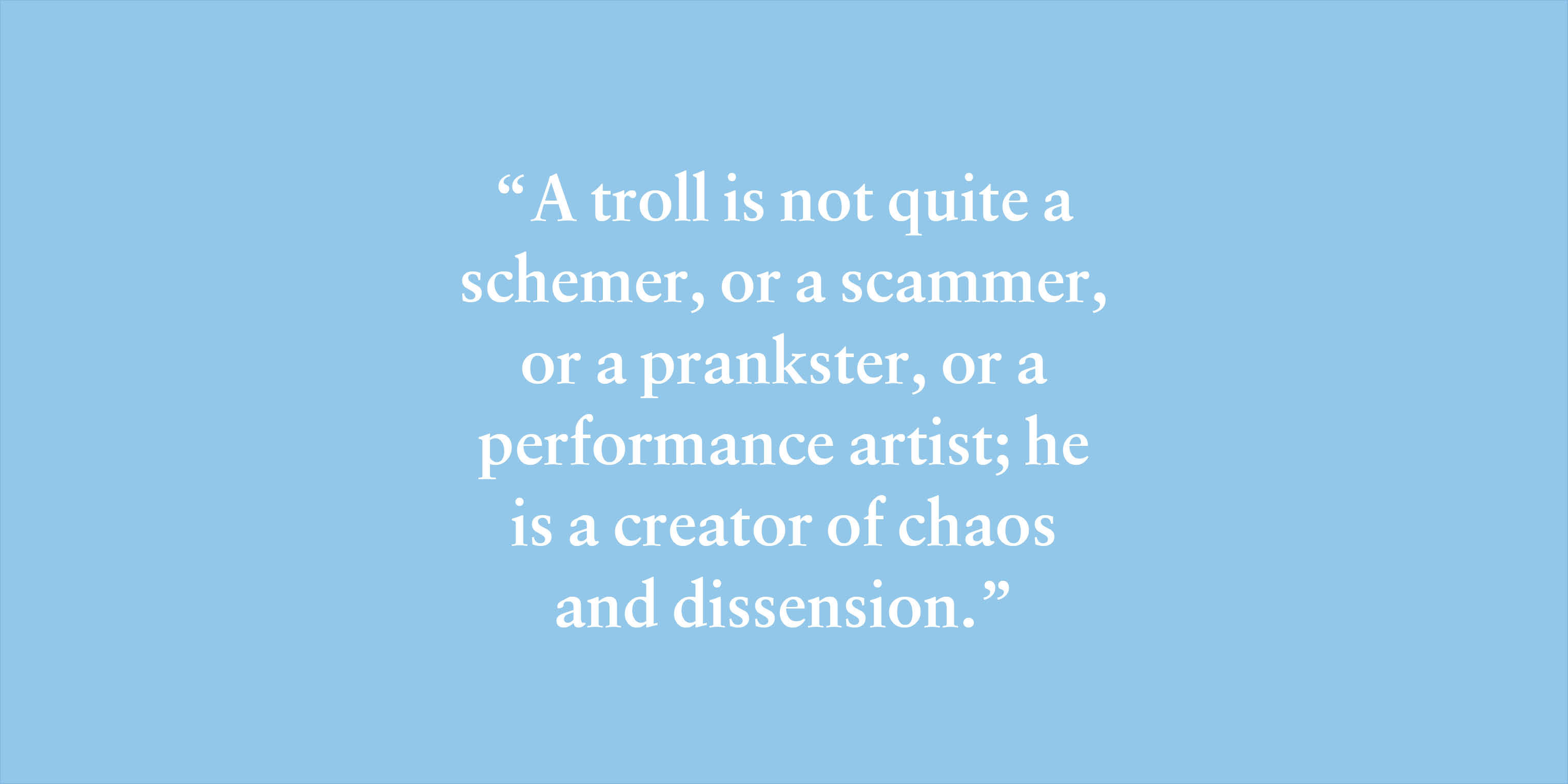U Mad?
IN FEBRUARY OF THIS YEAR, the Twitter user @LouiseGluckPoet announced some sad news. “A great loss. Thomas Pynchon dies. He was one of my favorite authors. I have now received the news from my publisher. They want the news to remain secret for a few hours, I don’t know why. However Pynchon has left us and the mystery is useless. Bye my dearest!” The syntax was strange, and the purported impropriety even more so, but nevertheless the author’s bio was definitive: “Poet. Official account.” Her profile said she had joined in November 2020, shortly after Louise Glück had won the Nobel Prize. Perhaps












